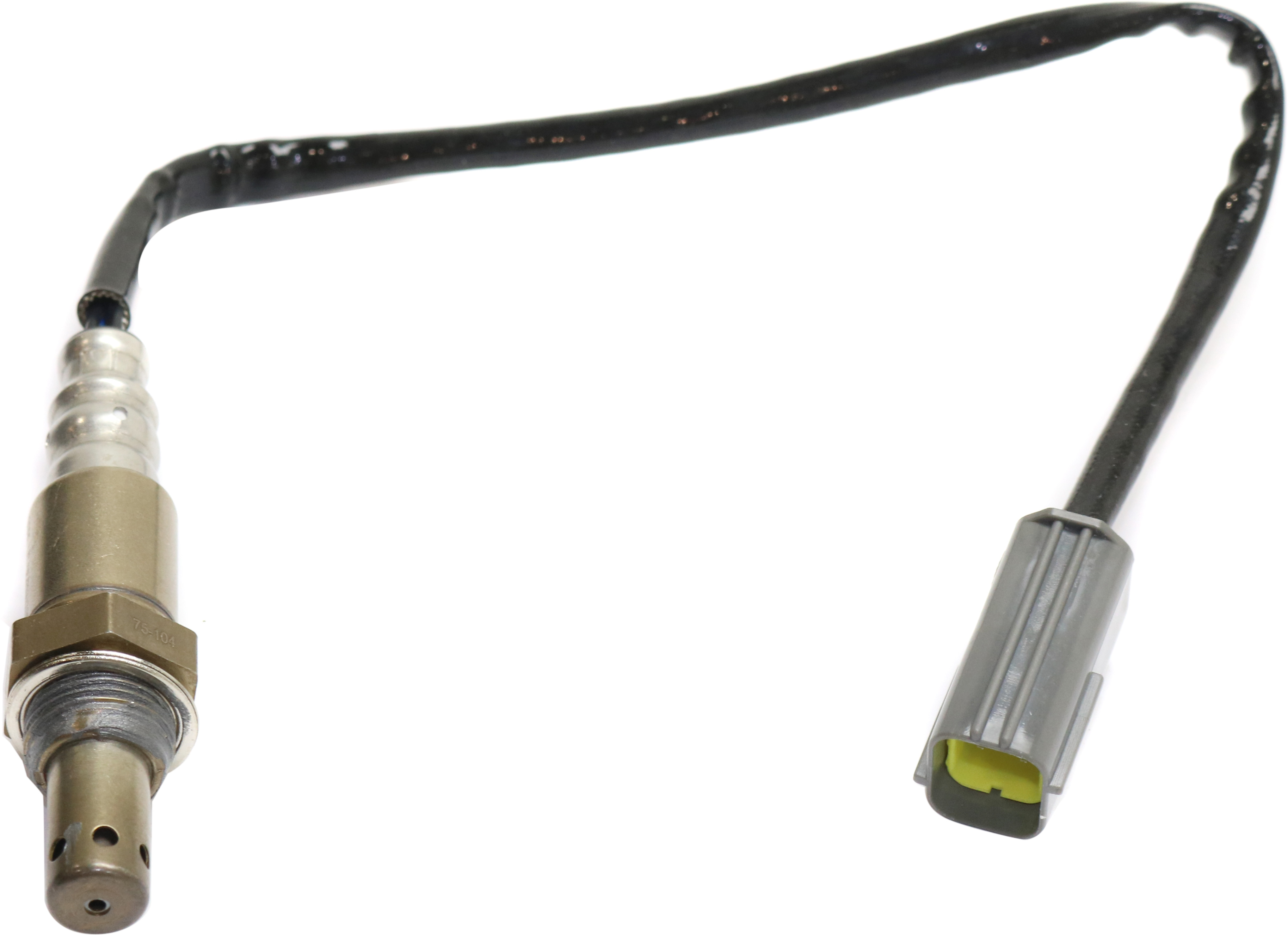One of the trouble codes that drivers using a scan tool may receive during a code scan is the P0043 code. Here is some basic information about what this code may mean for a vehicle.
What Does the P0043 Code Mean?
Diagnostic Trouble Code (DTC) P0043 stands for “HO2S Heater Control Circuit Low (Bank 1 Sensor 3).”
This error code is set when the powertrain control module (PCM) perceives a problem in the operation of the heater element inside the oxygen (O2) sensor. In vehicles with more than one bank of cylinders, bank 1 refers to the side of the engine that contains the #1 cylinder and sensor 3 refers to an oxygen sensor on this bank.
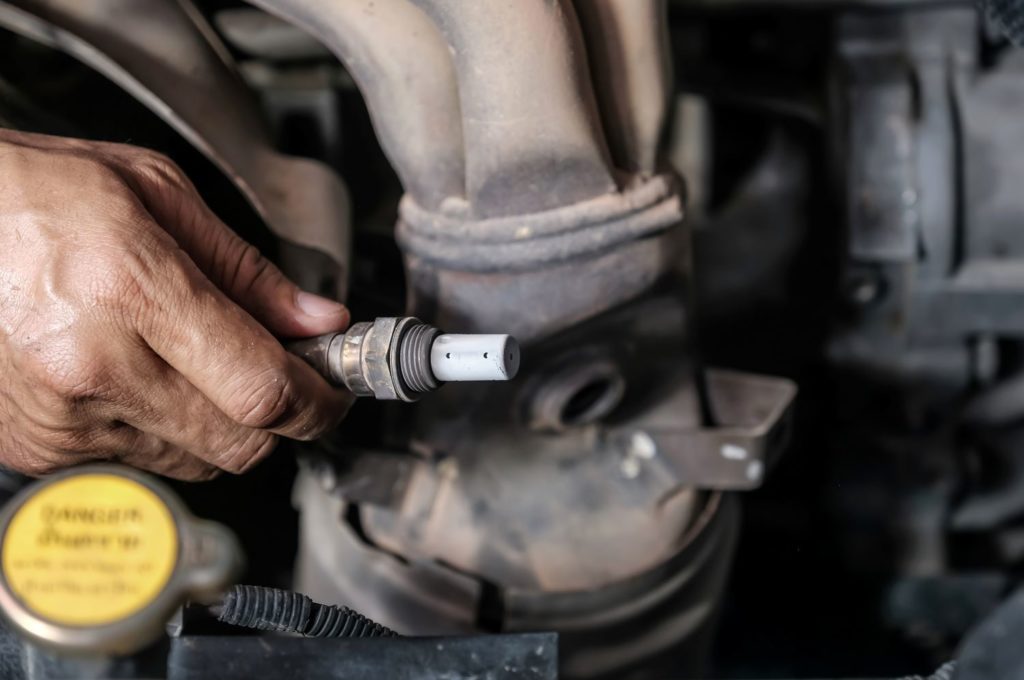
Oxygen sensors are devices that measure the oxygen content in the exhaust stream. These are either located in the exhaust manifold or installed in the exhaust pipe downstream from the manifold. These sensors are equipped with a heater element that helps them warm up to operating temperature. Conventional oxygen sensors need to reach a temperature of around 572 F before they can send a voltage signal. They also respond faster to mixture changes at even higher temperatures (1472 F).
In some vehicles, the PCM controls the voltage feed directly or through an HO2S relay, and a ground is supplied from the vehicle’s common ground. In other vehicles, the heater element is connected to a 12-volt battery feed that powers it whenever the ignition is on. At the same time, the PCM controls the ground side of the heater circuit.

The PCM constantly monitors the voltage conditions in these heater circuits. If it perceives that voltage conditions have fallen below the manufacturer-specified range, it may set a P0043 code.
Read our technical discussion about why oxygen sensors need heat to get more information that could help you resolve code P0043.
Note: The definition of code P0043 may be different depending on the vehicle manufacturer. Consult the appropriate repair manual or repair database for the exact code definition.
What are the Possible Causes of the P0043 Code?
- Failed oxygen sensor
- PCM issues (software in need of an update)
- Heater control circuit or voltage feed is shorted to ground
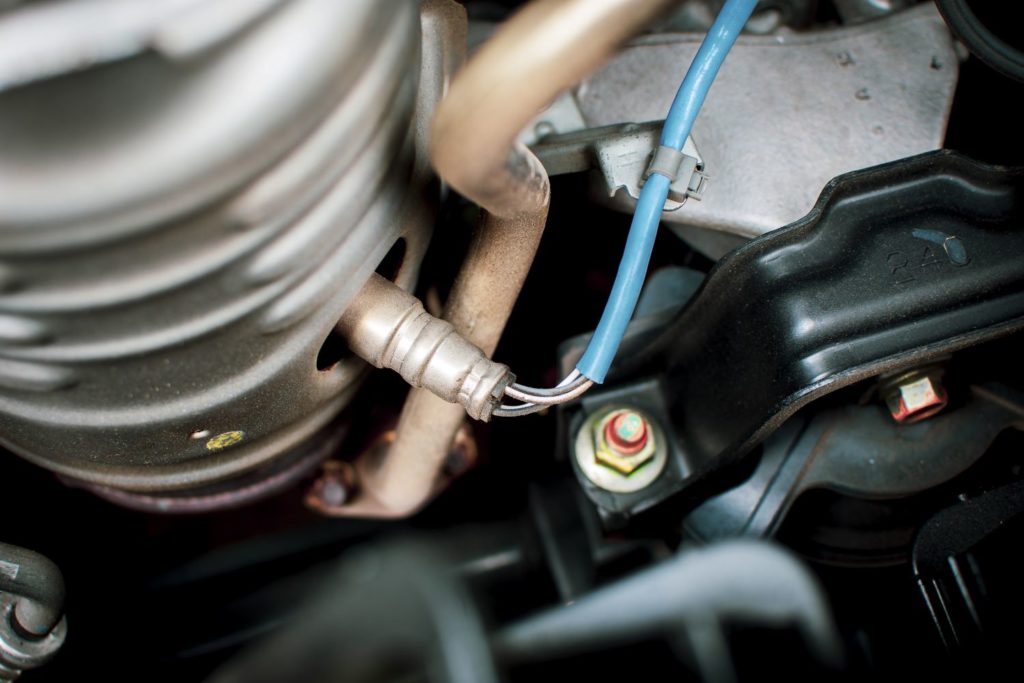
What are the Common Symptoms of the P0043 Code?
- Check engine light is on
- In some cases, there may be no observable symptoms other than an illuminated check engine light
How to Diagnose the P0043 Code
It may be difficult to pinpoint the underlying cause of the P0043 code, especially for vehicle owners who don’t have extensive experience in auto repair. In most cases, it would be better to bring your vehicle to an auto repair shop and have it checked by a mechanic to get an accurate diagnosis.
Here is a video that may give you a better idea of what the diagnostic process for the P0043 code might involve:
How to Fix the P0043 Code
The P0043 code is a DTC that may be set in vehicles of varying makes and models. While some may exhibit similar symptoms, the steps for their diagnosis and repair for each vehicle may differ. For example, resources that discuss how to address a P0043 Toyota code may provide information that may not be applicable when testing for a P0043 Nissan code.
For experienced DIYers who prefer to do their own repairs, a vehicle-specific repair manual and a subscription to an online repair database are great resources for factory repair information.
Where to Get a New Oxygen Sensor for Your Vehicle
Oxygen sensors need to reach a high operating temperature in order to function properly. When the heater element inside the sensor malfunctions, you may need to replace the sensor to clear this trouble code. When it’s time to shop for a replacement, head over to CarParts.com as your one-stop shop for high-quality yet affordable aftermarket parts.
We want you to have the best online shopping experience. Whether you’re on your laptop or your mobile, you can place an order with just a few clicks. We’ll help you narrow down your choices to parts that match your vehicle’s specifications.
We’ll ship your orders from a distribution center near you, so you can expect your package to arrive in a matter of days.
Start shopping, and check out our list of high-quality oxygen sensors.
Products Mentioned in this Guide
Shop this Project




Any information provided on this Website is for informational purposes only and is not intended to replace consultation with a professional mechanic. The accuracy and timeliness of the information may change from the time of publication.

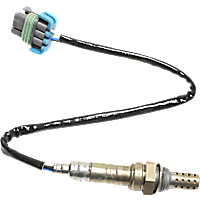 Oxygen Sensor
Oxygen Sensor
 Exhaust Manifold
Exhaust Manifold
 Exhaust Pipe
Exhaust Pipe
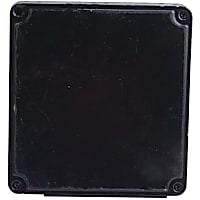 Engine Control Module
Engine Control Module
